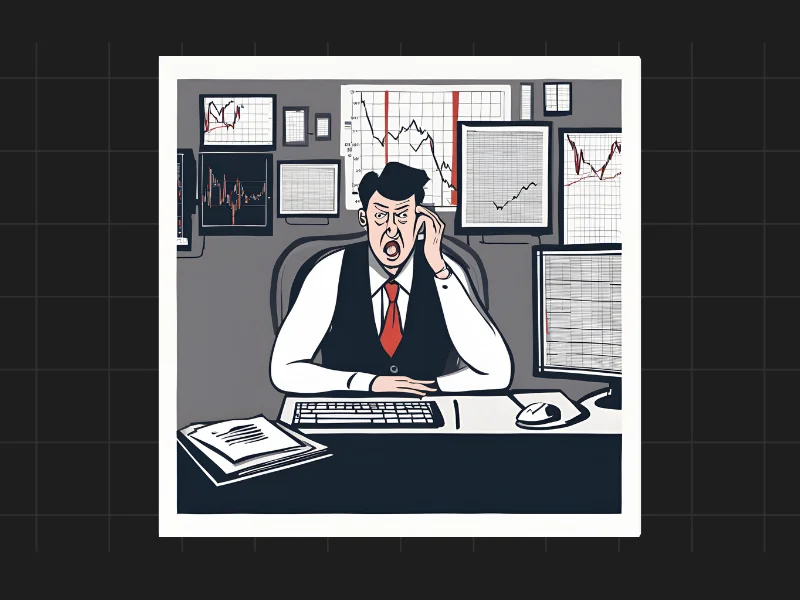Fed’s Emergency Rate Cuts Over the Years
Throughout history, the Federal Reserve has stepped in with emergency rate cuts during times of crisis. These emergency measures are often taken when the market is in a free fall to provide liquidity and stabilize the economy. For example, during the COVID-19 pandemic, the Fed made two significant rate cuts in March 2020. On March 3, they cut the rate by 50 basis points, followed by another 100 basis points cut on March 15. These cuts aimed to calm the markets and provide immediate relief.

Historical Instances of Rate Cuts
Looking back, there have been several instances of such emergency rate cuts. In 2008, during the financial crisis, the Fed made two notable cuts: 75 basis points in January and 50 basis points in October after the Lehman Brothers collapse. Similarly, after the 9/11 attacks in 2001, the Fed cut rates by 50 basis points to stabilize the economy. Another significant event was the Long-Term Capital Management (LTCM) collapse and the Russian financial crisis, which also prompted emergency rate cuts. In October 1987, during the Black Monday stock market crash, the Fed didn’t officially cut rates but provided liquidity through open market operations.
Short-Term vs. Long-Term Effects
These emergency measures, while necessary, often provide only short-term relief. For instance, during the COVID-19 pandemic, the initial rate cuts led to a one-day market bounce. However, the market soon resumed its decline, and it took time for it to find stability. This pattern has been observed in previous crises as well, where emergency rate cuts offer temporary support, but the market eventually needs to find its own equilibrium.
Market Reactions and Equilibrium
The immediate reaction to these rate cuts can be a knee-jerk response from the Fed, indicating their concern about the market’s panic. However, the long-term impact depends on the market’s confidence and liquidity. When the market is falling, supply often overwhelms demand, leading to further declines. Eventually, demand starts to build up, and the selling pressure decreases, allowing the market to recover.
Staying Invested During Crises
During times of market panic, it’s crucial not to flee from the market. Staying invested is essential, but it’s also important to reassess and possibly churn your portfolio. Sectors that were performing well before the crisis might not lead the recovery. By shifting investments into new leading sectors or moving to cash temporarily, investors can better position themselves for the market’s rebound.
Long-Term Investment Strategy
Maintaining exposure to the market over the long term is key to achieving rewards. Most retail investors tend to exit the market within two years, often missing out on potential gains. Staying invested for three to five years or more can significantly improve investment outcomes. Additionally, following self-correcting and self-healing strategies can help navigate market fluctuations and enhance returns.

Disclaimers and disclosures : https://tinyurl.com/2763eyaz
If you have any questions, please write to support@weekendinvesting.com












